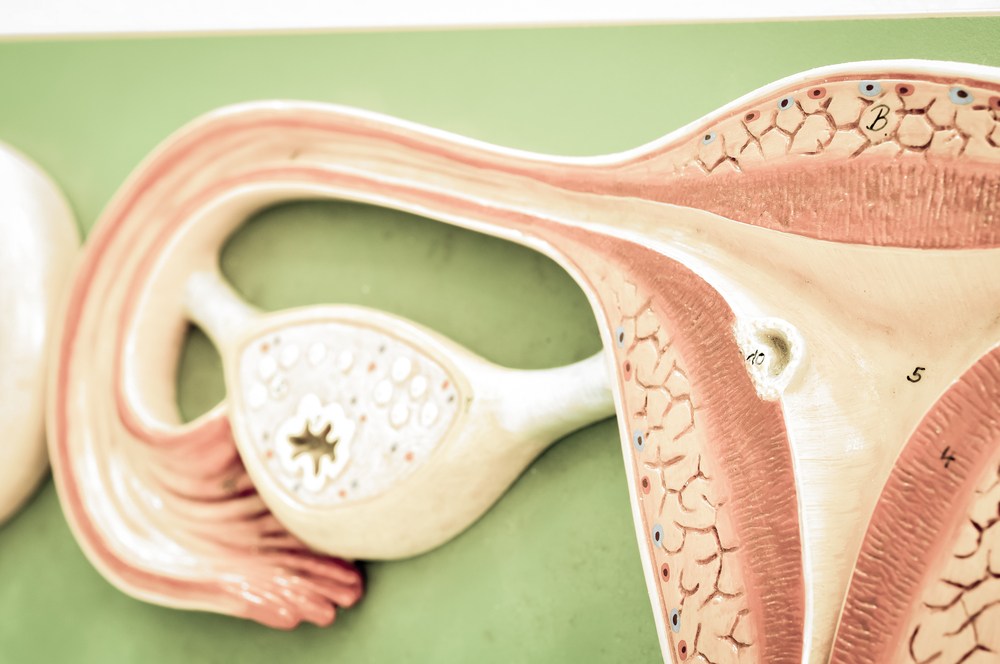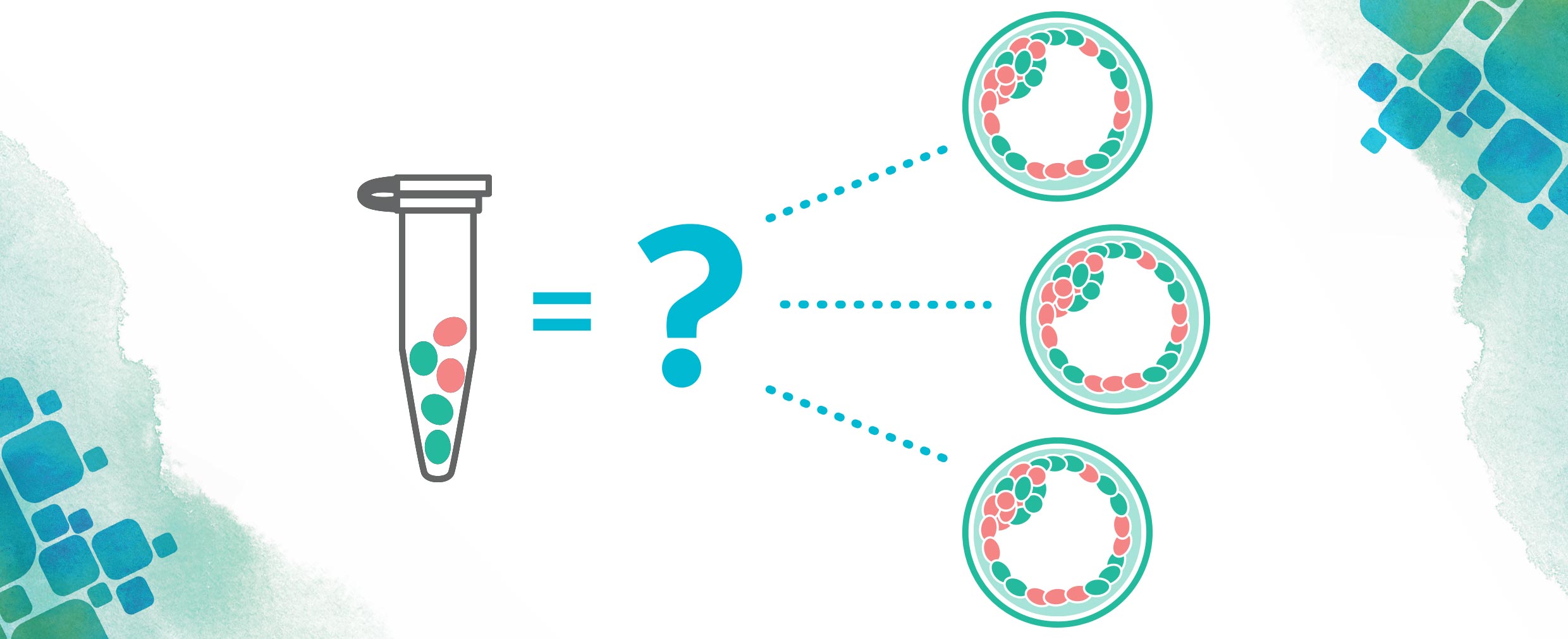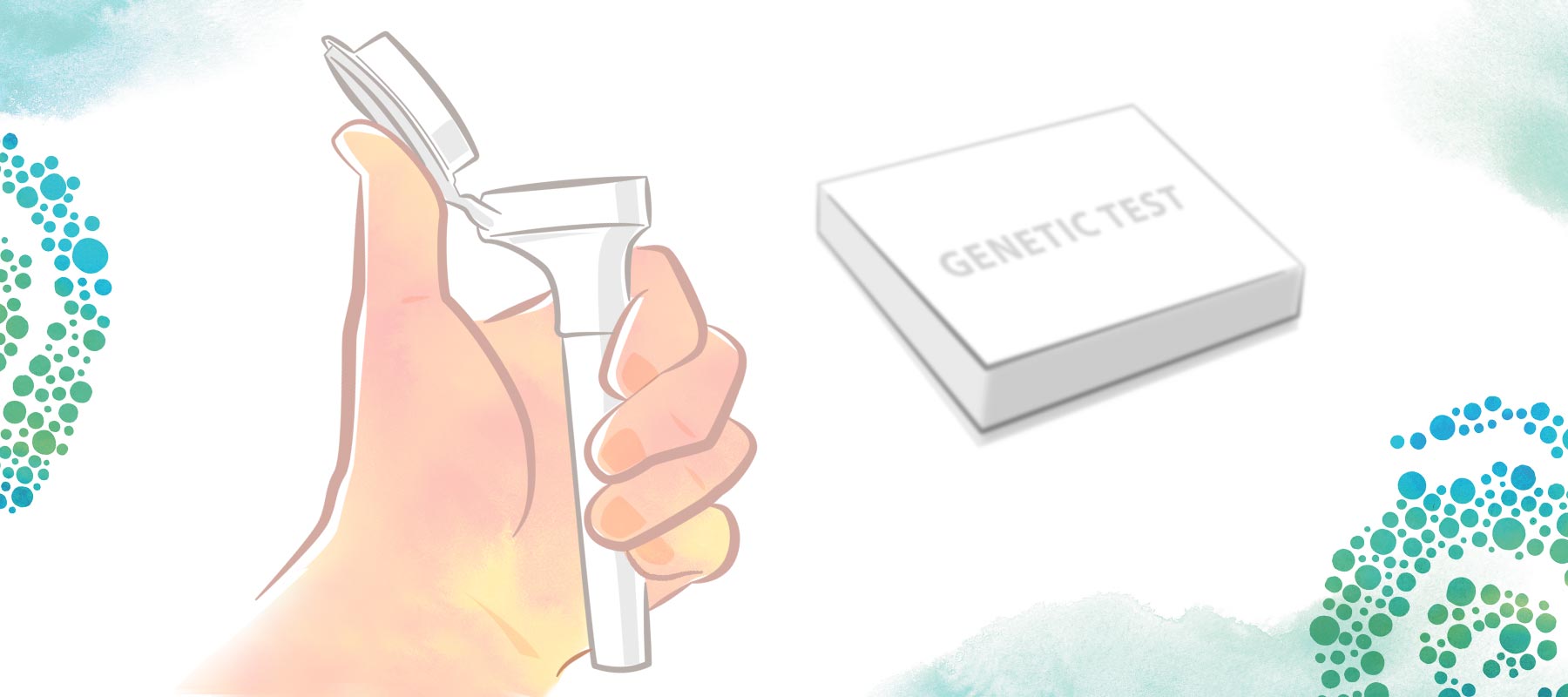Of the things you’ll want to know for sure when you’re trying to get pregnant, your ovulation window is probably the most important. And because an egg can only be fertilized by sperm in the days leading up to, and including, ovulation day, we take ovulation tracking very seriously.
There are many possible signs of ovulation, and not everyone experiences the same signs, we recommend getting to know all of them so you can become more in-tune with your body.
Here’s a few tips to know exactly when you’re ovulating:
- Track cervical mucus – Your cervical mucus can tell you a lot about where you are in your cycle and when you’re ovulating.. When you are not fertile, there will probably not be any mucus at all. When ovulation is imminent, you may see a very little bit of sticky cervical mucus. As you get closer to ovulating, your will have more cervical mucus and it will become more creamy. When you are most fertile, you will notice the most cervical mucus, and it will resemble the consistency of raw egg white.
- Chart basal body temperature – Basal body temperature (BBT) is the body’s lowest temperature, reached during sleep. You can record your BBT by taking your temperature when you wake up. The important part about this is to get your reading as soon as you wake, before even sitting up or moving. Your BBT should be steady in the first part of your cycle, dip right before ovulation, and then rise 0.5 to 1.0 degrees Fahrenheit above baseline after ovulation, where it will remain until your next cycle begins.
- Track cervical position – This is surprising to many women, but the position and texture of your cervix will actually change during your cycle. When you are not in your fertile period, your cervix will be closed. It will also be lower in your vagina, hard like the tip of your nose, and dry. When you are ovulating, your cervix will be soft, like your lips, high in the vagina, open, and wet with cervical mucus. People who are familiar with the process of trying to conceive use the acronym SHOW (soft, high, open, wet) to describe the fertile cervical position. To track cervical position, you will need to insert a clean finger into your vagina and feel around carefully. It is best to do this at various times within your cycle, so you can feel the difference between fertile and infertile positioning. After a few cycles, you will be a pro and will be able to tell if you are fertile at any time.
- Use an ovulation prediction kit (OPK) – These kits can help you know when you are in your fertile window by testing the amount of Luteinizing Hormone in your urine. When you receive a positive result, you can expect to ovulate within the next 24-36 hours, and it’s time to start trying to conceive. OPKs are a reliable method to tell when you are ovulating, but they are also the most expensive method (the other methods are free).
- Mittelshmerz – Some women experience cramping during ovulation, also known as Mittelshmerz. If you don’t experience cramping, don’t worry. In fact, you may count yourself lucky. The intensity can vary from very light episodes that last just a few minutes to more extreme cramping that lasts a day or more. Women who experience Mittleshmerz liken it to menstrual period cramping. So if you feel like you are getting your period at an odd time in your cycle, you may actually be ovulating.
- Spotting – Some women experience spotting during ovulation and confuse it with implantation bleeding, since both are usually light and only last a day or so. If you have made this mistake, don’t feel bad —the two are easy to confuse. The major difference is timing, as ovulation generally occurs about 15 days before your next period and implantation bleeding occurs a bit later.
Above are a few of the symptoms of ovulation, but there are others. After trying for a few cycles, it’s not uncommon for couples to take a break from actively trying to get pregnant. However, even during this time off, being aware of each sign of ovulation can increase your chances of becoming pregnant. Let these signs tell you it’s time to have sex, without the extra stress of logging your activity.
This is a guest post from the team at Ovulation Calculator. Learn more about how Ovulation Calculator helps couples conceive, here.
Ovulation Calculator
Our mission is to provide the world’s most accurate fertility prediction system which is unparalleled to any other service available, Helping couples all over the world to conceive faster.







